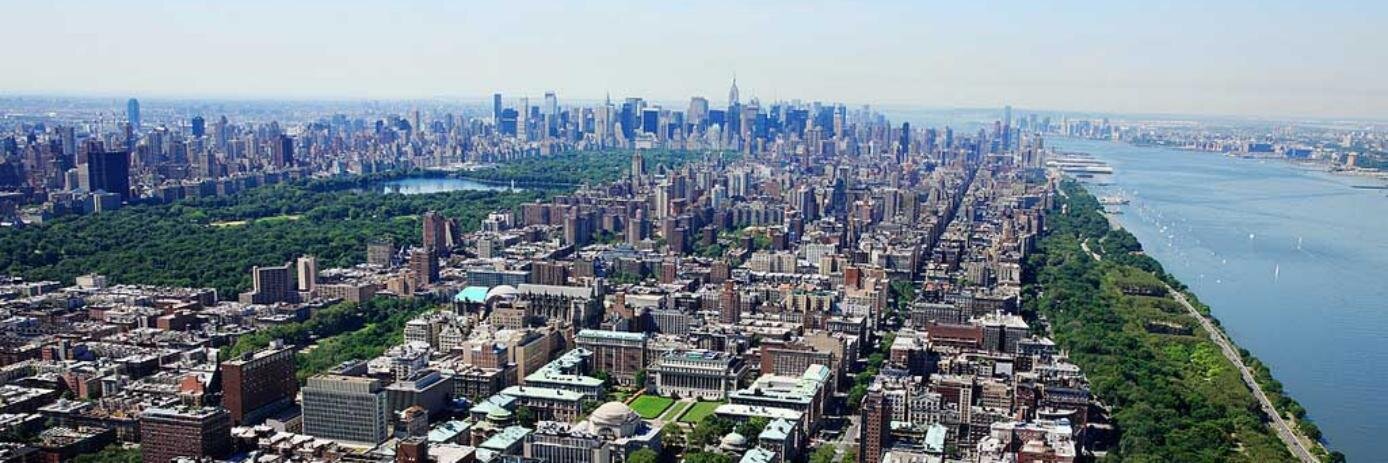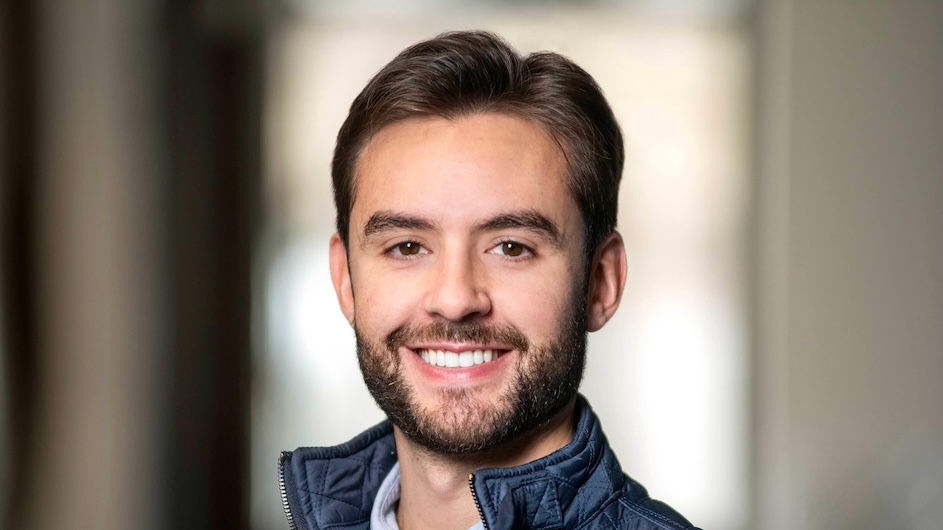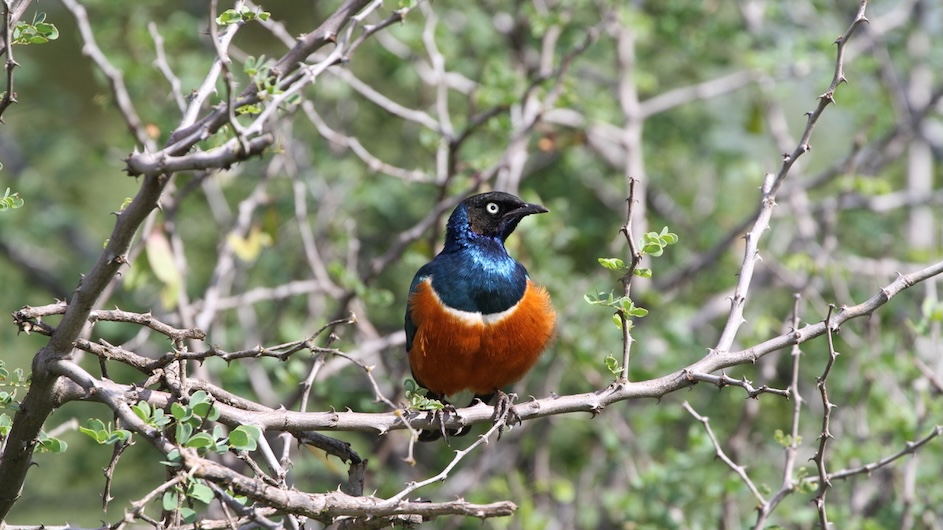
Columbia Science
@ColumbiaScience
Research and solutions to real-world problems from @Columbia University.
In a @statnews opinion piece, our CEO and Director @DShohamy reflects on recent funding cuts for scientists-in-training. She asks, “What am I supposed to say to this generation of young scientists?” Read more: statnews.com/2025/05/07/us-…
Astronomers at @Columbia, MIT, and other institutions have used the @NASAWebb telescope to peer through the dust of nearby galaxies and into the aftermath of a black hole’s stellar feast. news.columbia.edu/news/astronome…

An international collaboration of scientists that includes Astronomy Professor Max Isi and recent alum Harrison Siegel has detected the largest merger of two black holes ever measured. news.columbia.edu/news/gravitati…

Max Isi, who researches gravitational waves, joined Columbia as an astronomy professor earlier this summer. news.columbia.edu/news/doing-pal…

🚢 R/V Marcus G. Langseth science officer Cody Bahlau reports from expedition MGL 2506 where researchers are using precise water sampling to investigate how microbial communities transfer energy and influence carbon cycling across the California Current: instagram.com/p/DMVrcF6tHAy
Maria Diuk-Wasser, an expert on ticks, explains her latest research on carriers of Lyme disease and babesiosis. news.columbia.edu/news/what-know…

Research means saving eyesight. The development of prostaglandin eye drops fundamentally changed the treatment of glaucoma, one of the leading causes of blindness. Research Means Better Tomorrows.
Professor of @ColumbiaBME Elisa Konofagou @ColumbiaUEIL has spent more than two decades advancing the science of focused ultrasound, a technique that uses sound waves to treat disease without surgery or radiation. In a groundbreaking collaboration, Konofagou and pediatric…
Inflammation, long considered a hallmark of aging, may not be a universal human experience, according to a new study by researchers at @ColumbiaMSPH. columbiamed.link/3GyP4Yr
As AI expands its global reach, how can we ensure its just and inclusive use when applied to climate science? @LamontEarth climate scientist Marco Tedesco (@Cryocity) examines balancing risk with opportunity in this State of the Planet viewpoint: news.climate.columbia.edu/2025/07/02/ai-…
Maria Antonietta Tosches is investigating newts, whose adaptability can teach us about our own brains. news.columbia.edu/news/what-can-…

Astronomers, students, and curiosity-filled lovers of the night sky gathered this week at @Columbia to celebrate the release of images from the Vera C. Rubin Observatory, a new telescope that will shape our understanding of the cosmos for years to come. news.columbia.edu/news/astronome…

As Pride Month wraps up, we spoke with LGBTQ scientists at @ColumbiaPS about their research, what Pride means to them, and the guidance they’d offer to the next generation of LGBTQ+ researchers. columbiamed.link/3zlmWnH
Women with substance use disorders are far more likely to receive treatment when supported by both Medicaid & services like SNAP, childcare, and job assistance, per a new @CUEpidemiology study. Integrated care helps close gender gaps in recovery. @ssm2183 ow.ly/s0Fr50WbWkP
Is the Greenland ice sheet even more fragile than we know? GreenDrill project—co-led by @LamontEarth's Joerg Schaefer and University at Buffalo's Jason Briner—has made sobering findings by studying the ice sheet and its bedrock. Via Scientific American: scientificamerican.com/article/greenl…
🔋⚡☀️ From renewable energy home solutions to easy ways to reduce your energy consumption right now, consider these cool tips for hot days in our animated infographic featuring advice from @columbiaclimate Dean + energy efficiency expert Alexis Abramson: news.climate.columbia.edu/2025/05/19/ene…
Want to save money, help reduce emissions, and be more climate-resilient? @columbiaclimate Dean Alexis Abramson discusses energy efficiency, how heat pumps work, and how we can reduce our energy bills and carbon footprints. Via State of the Planet: news.climate.columbia.edu/2025/05/19/ene…
"This is the first high-resolution, satellite-based measurement of land subsidence across the 28 most populous U.S. cities," says @LamontEarth postdoc Leonard Ohenhen, co-author of a new study on sinking cities. Via @USATODAY. usatoday.com/story/news/nat…
A study of starlings in Africa shows that they form long-term social bonds similar to human friendships. news.columbia.edu/news/new-study…

AI just solved a century-old puzzle in materials science: the atomic structure of crystals @CUSEAS scientists created a machine learning algorithm that can observe the pattern produced by nanocrystals to infer the material’s atomic structure engineering.columbia.edu/about/news/ai-… #ColumbiaAI